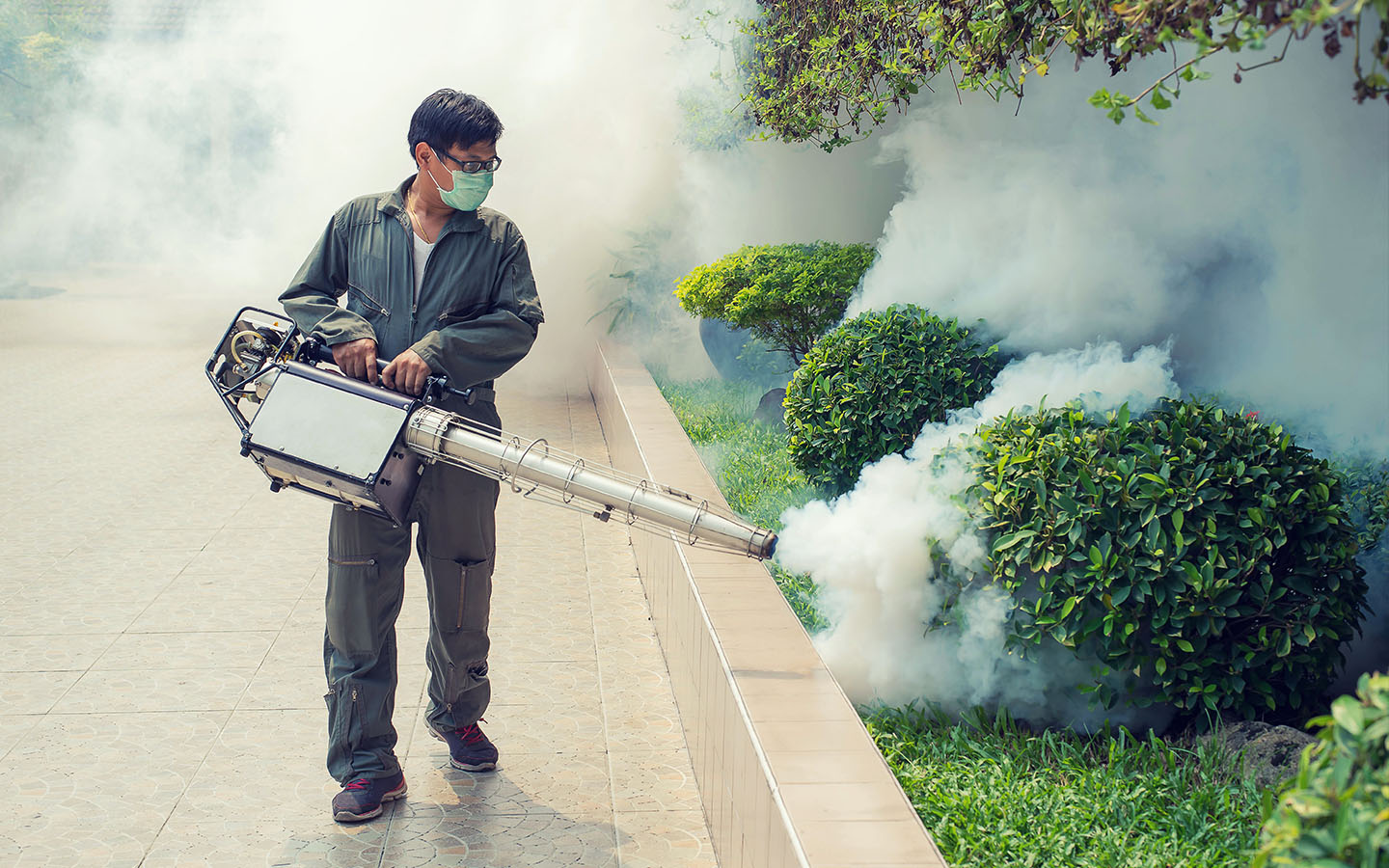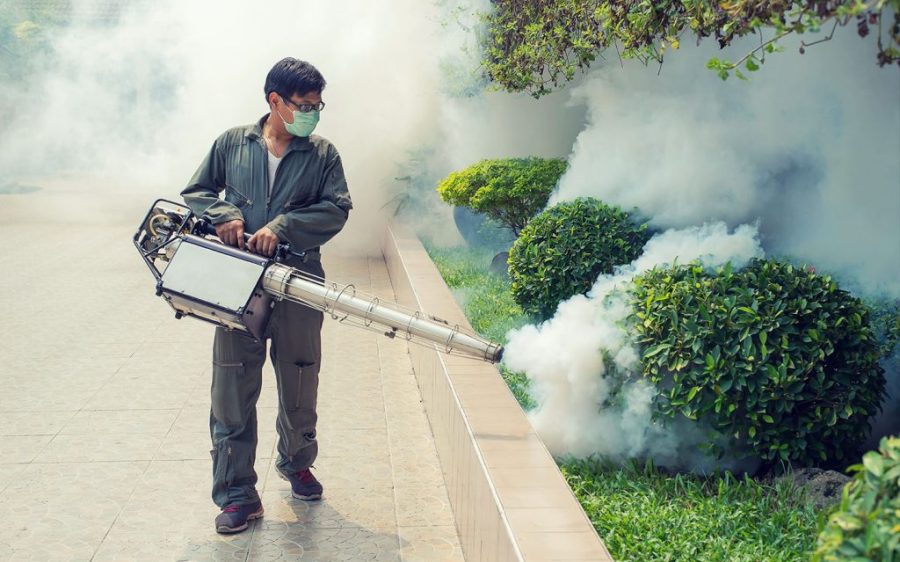Health authorities across the Greater Bay Area (GBA) are ramping up mosquito control and emergency preparedness measures as chikungunya fever cases surge in Guangdong province, multiple media sources report
In Hong Kong, officials are preparing for potential imported cases. The local health department has introduced enhanced testing, stricter border controls and mosquito-free isolation protocols to prevent local transmission. In a statement published Monday night, the department noted that there had been no chikungunya cases in the SAR since 2020.
Between July 20 and July 26, Guangdong health authorities reported 2,940 new local cases of chikungunya, with 2,882 cases occurring in Foshan – the outbreak’s epicentre. The city has launched an extensive eradication campaign that includes drone surveillance, the release of thousands of larva-eating fish into the city’s lakes, and the deployment of 7,220 mosquito-proof isolation beds across 53 hospitals.
[See more: As chikungunya fever spreads in Shunde, Macao’s Health Bureau advises caution]
Local media reported Shenzhen’s first confirmed chikungunya case on Monday, along with isolated infections in Qingyuan and Zhanjiang. All reported cases so far have been mild, with symptoms including joint pain and fever. Other symptoms can include rashes, headaches and joint swelling.
Macao has reported four imported cases of the illness during the current outbreak, and local officials have enhanced testing capabilities and mosquito control practices. Those in Macao who suspect that they have been infected can visit the Health Bureau’s Public Health Laboratory, which provides testing services.
Chikungunya fever is transmitted via bites from infected Aedes mosquitoes and cannot be spread between humans. Health experts stress the importance of eliminating stagnant water, using insect repellent, and avoiding mosquito bites – particularly for travellers in affected areas.






